Trends in literature and cinema: who predicted the advent of string transport and when
The history of engineering is not just about calculation formulas and metal structure models. It is also about dreams. Before technologies are transformed from ideas into products for practical use, they often appear in books and science fiction films. Transportation reminiscent of modern uST string rail complexes originated in the imaginations of writers and directors long before its engineering implementation. Today, we can look back with surprise and see how artists of the past predicted the emergence of this very transportation “from the future.”
1910–1930s: Futurism and suspended highways
As early as the beginning of the 20th century, at the dawn of the automotive era, futurist writers and filmmakers envisioned cities of the future as multi-level structures that might even become airborne, with roads and highways elevated into the sky.

A striking example of this vision is Fritz Lang’s 1927 silent film Metropolis — a work of science fiction that represents the pinnacle of German Expressionist cinema. The story unfolds in a multi-level futuristic city, where transportation is carried out via “hanging roads” reminiscent of string rail highways or monorails, along which capsule-like trains travel through the metropolis.
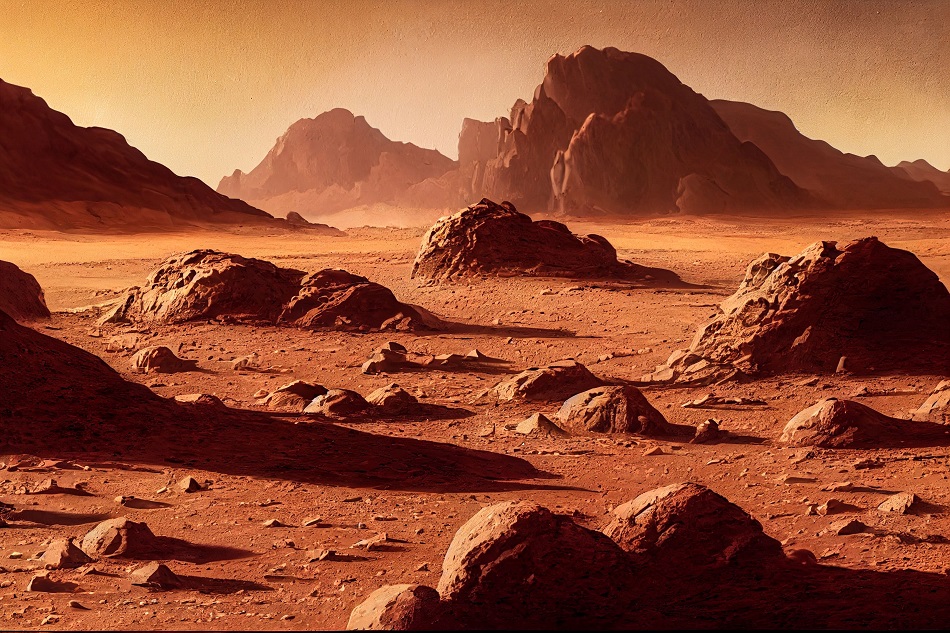
In the literature of that period, American science fiction writer Edgar Rice Burroughs described such transport systems most vividly. In his Martian series, he described in detail high-speed ground transport networks operating on lightweight guide rails — a concept fundamentally akin to the efficient design of string rail transportation, where maximum speed is achieved with a minimum use of materials.
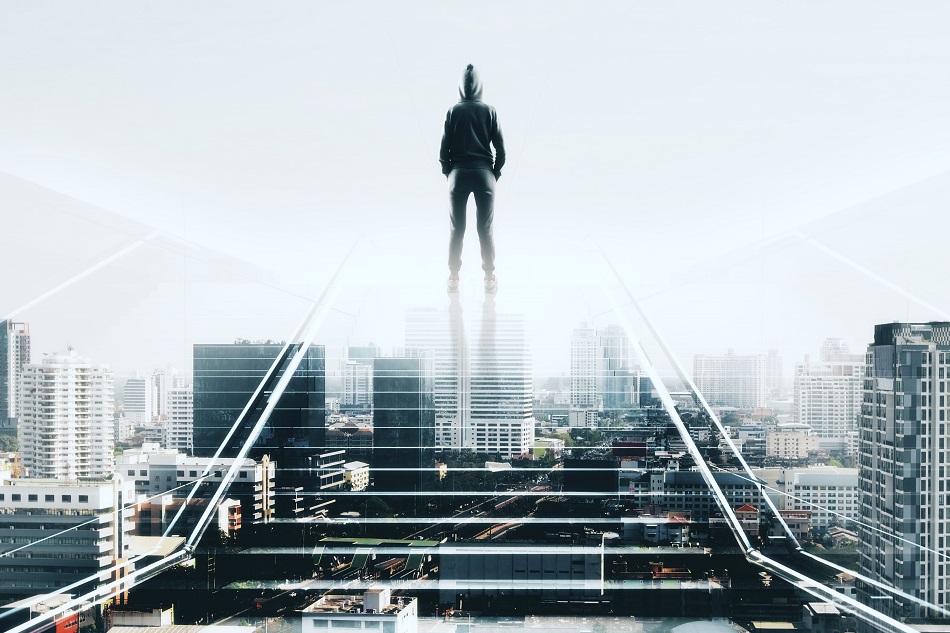
Overall, even at the dawn of technological development, science fiction writers envisioned cities of the future without traditional ground roads, in which second-level transport solutions were implemented.
1950s–1970s: The Era of Scientific Optimism
In the period of post-war progress, new ideas and trends emerged in all areas of human interest, including the visual arts, cinema, and literature. Of course, cutting-edge transportation concepts were also reflected in a number of artistic works.

A prominent representative of so-called scientific optimism was the American science fiction writer Isaac Asimov, who was the first to create a convincing positive image of a technological future in which robots and other forms of artificial intelligence do not pose a threat to humans, but rather help and save them. In his works, the writer did not ignore other discoveries that are relevant today. For example, in the Foundation series of novels about a galactic empire, Asimov used the idea of electrified automatic transport on rigid guides — an early artistic visualization of driverless trains.
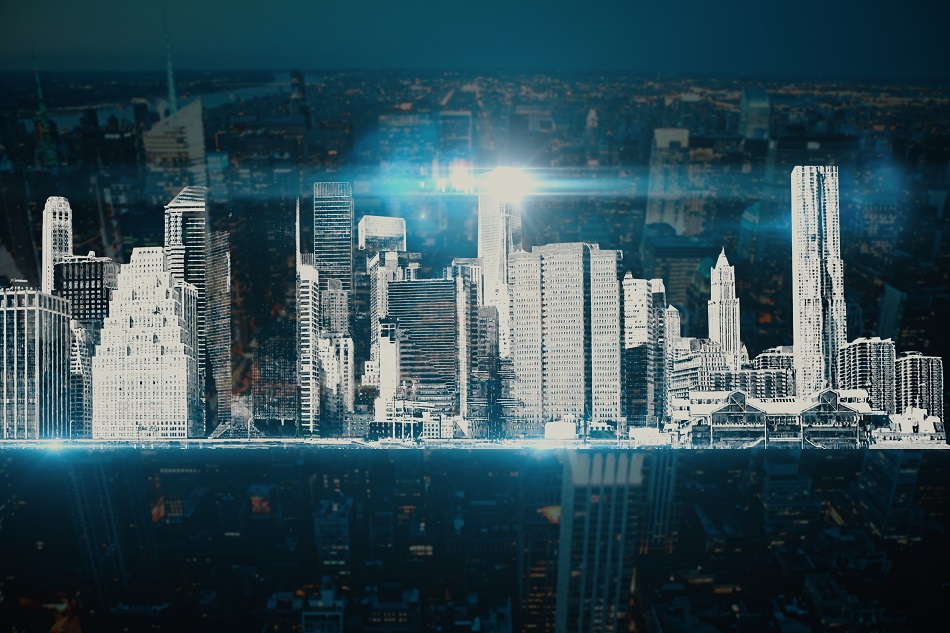
In turn, representatives of Soviet science fiction of that period, such as Ivan Efremov (The Andromeda Nebula, The Hour of the Bull) and Alexander Kazantsev (Stronger Than Time), saw cities of the future as a threat to the ecology of the planet and its inhabitants. Therefore, in their works, they proposed that humanity abandon traditional transport routes and transfer all traffic to separate dedicated road structures and overpasses in order to rid people and nature of the harmful exhaust fumes that were spreading everywhere. This is an almost verbatim description of what UST Inc. representatives are proposing today in the construction of their transport infrastructure complexes.
1980s–2000s: Automation, minimalism, neo-noir
The closer science fiction writers got to the digital age, the more accurately they predicted today's trends, especially in cinema. Among the descriptions of the most viable models of the future, the most impressive were multi-level megacities with advanced autonomous transport systems.
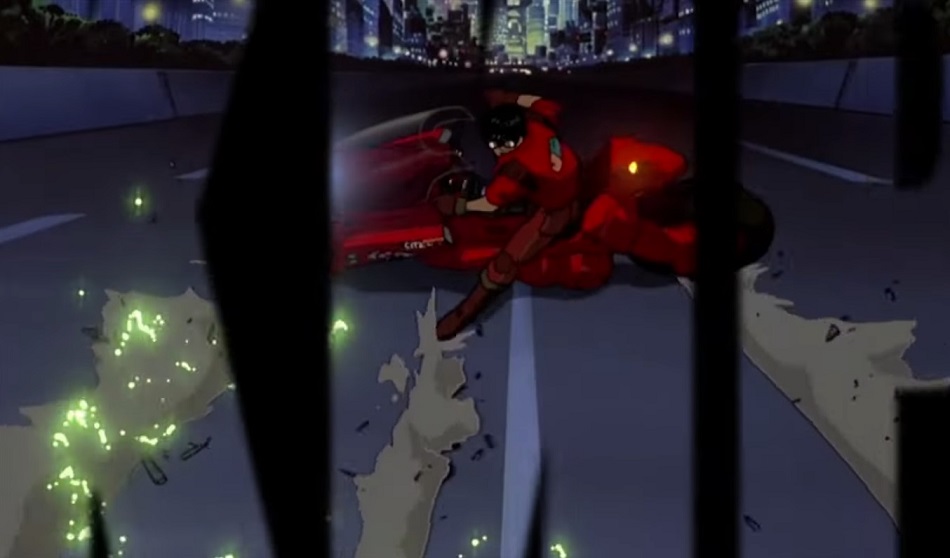
For example, the famous anime Akira, released in 1988 and set in post-apocalyptic Tokyo, depicts a high-tech city where elevated expressways crisscross dense urban development and vehicles travel along optimal trajectories above the roads.

In turn, Luc Besson's science fiction film The Fifth Element (1997) depicts a city of the future with all its accompanying problems, including environmental pollution and overpopulation. To solve these problems, transportation has been “raised into the sky,” using not only the second, but also the third, fourth, and many other levels. As a result, the city becomes three-dimensional.
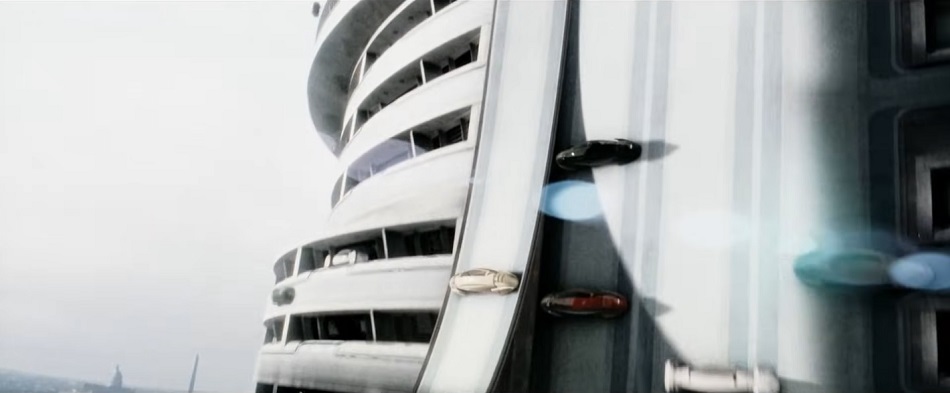
In the 2002 sci-fi action film Minority Report, directed by Steven Spielberg and based on the short story of the same name by Philip K. Dick, transportation is implemented as a system of autonomous capsules moving along automated highways — a concept that is as close as possible to the engineering solutions of UST Inc.
The idea and its implementation
Science fiction writers came up with an aesthetic image. Engineers at UST Inc. made it structurally, economically, and environmentally sound. We live in an era when dreams and concepts materialize from the metaphorical plane into the practical one. Using the example of string rail transport, we can see how dreams become reality.
More news
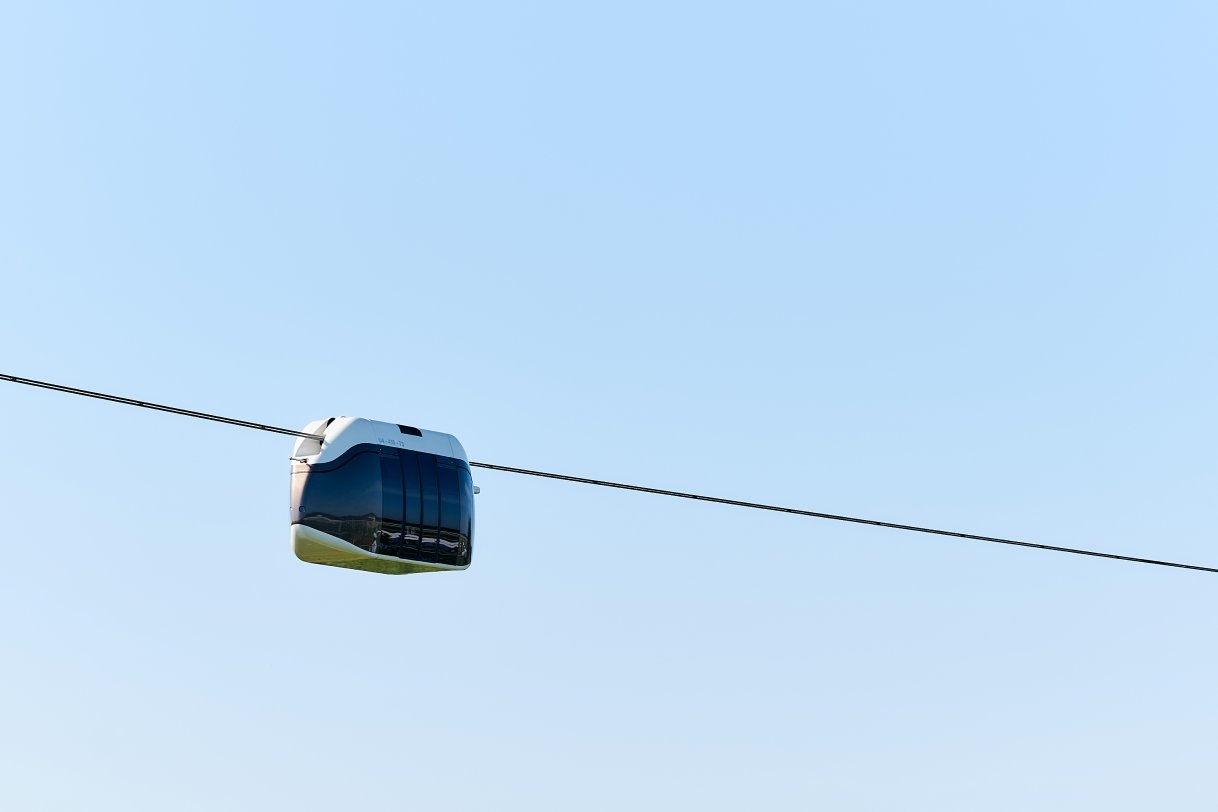
Blog
30 January 2023
Ahead of Airplanes: Why Can uST Transport Outperform Aviation in Safety?
The uST Transport is characterized by a high safety level thanks to a number of engineering solutions. Over the years, the experts at Unitsky String Technologies Inc. have created a multi-stage system that eliminates any nuisance.
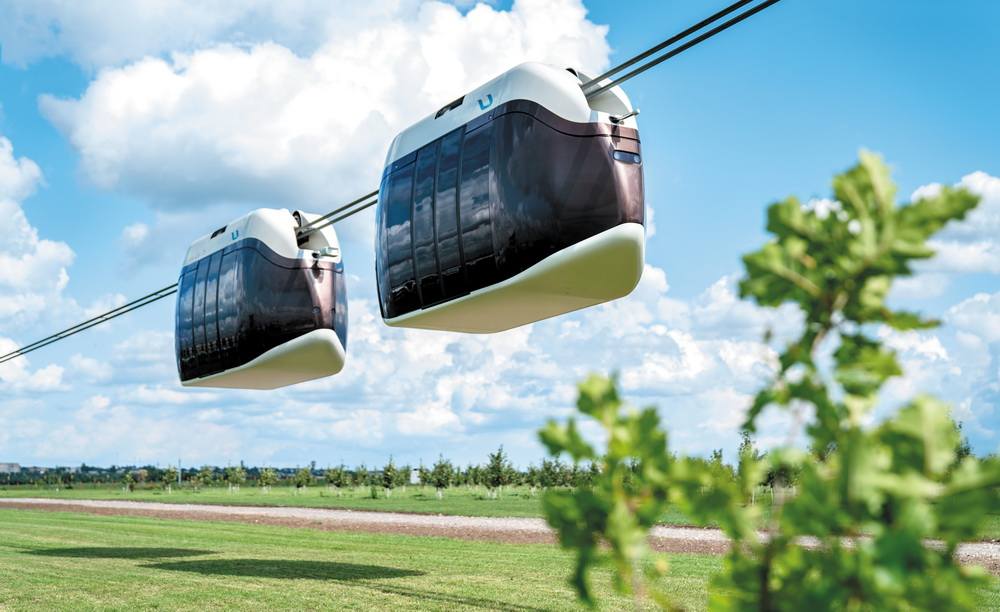
Opinion
22 April 2022
Review on the “Popular Mechanics” Magazine Website: uST Inc. Transport Shown in a Movie?
In one of the episodes of the Hollywood film “The Island”, a mode of transport was shown that exclusively resembles the technology invented by Anatoli Unitsky, the author of the string transport. Moreover, the general design engineer of Unitsky String Technologies Inc. long before that proposed to the world the idea of the “second level” transport. Did the filmmakers decide to take advantage of it?
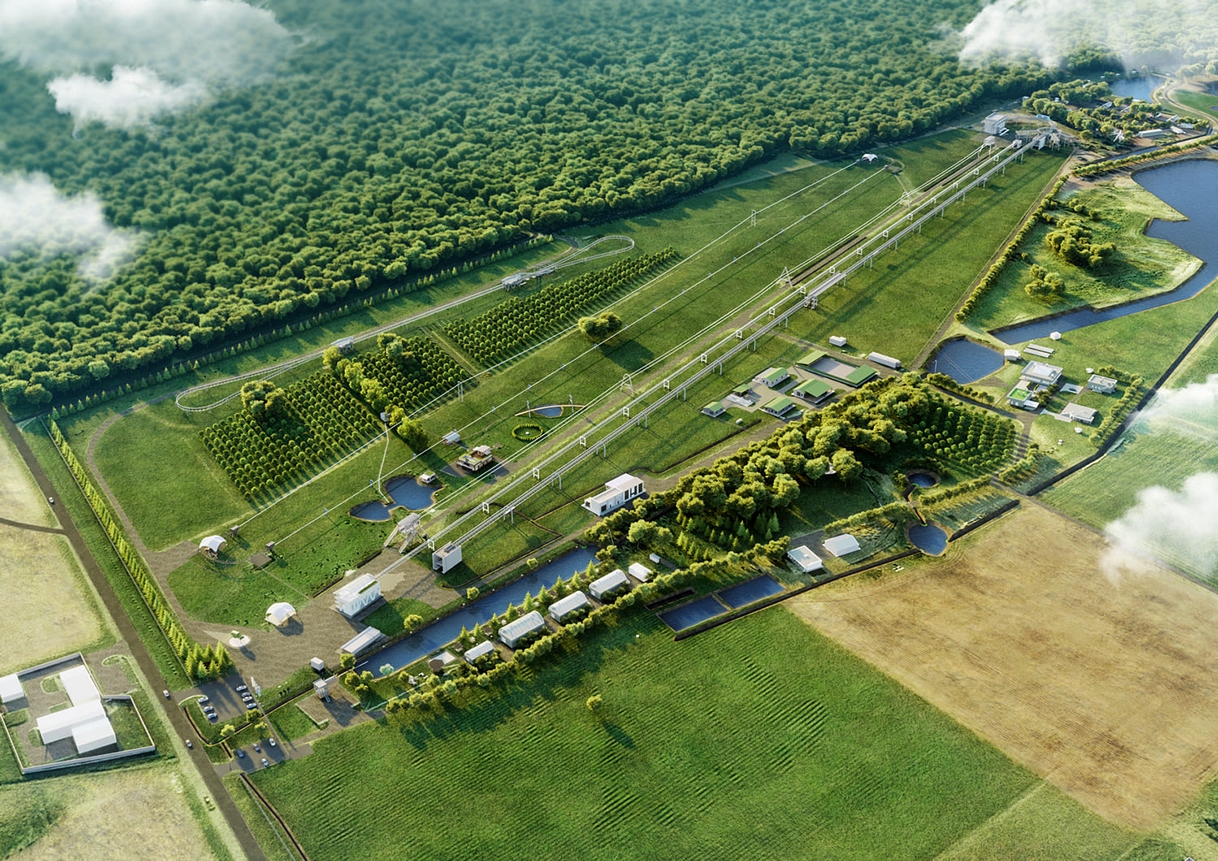
News
17 May 2023
UST Inc. Keeps Working on New Tracks in the EcoTechnoPark
The 6th and 7th lines of uST Transport and Infrastructure Solutions for heavy rolling stock weighing up to 60 tons are being designed in the EcoTechnoPark.

